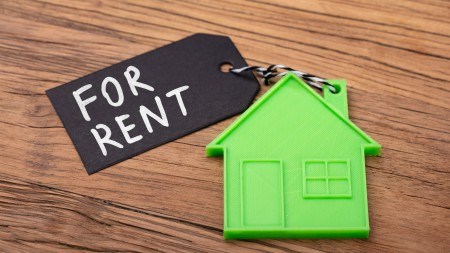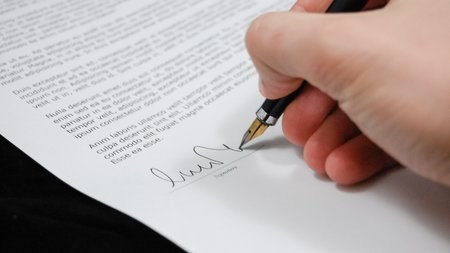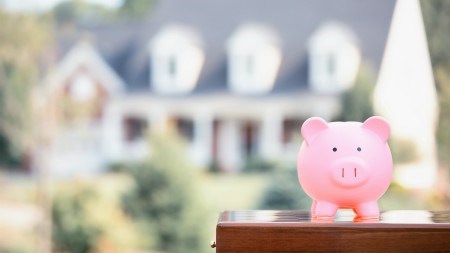Who is responsible for the different aspects of maintaining a rental property?
Before entering a lease agreement, it’s important that both the tenant and landlord are clear about who is responsible for what aspects of keeping the home maintained and in tip top shape. “Unfortunately there are tenants and landlords who neglect their responsibilities when it comes to maintaining and keeping the property in a good state. Both parties have responsibilities and it’s crucial that they both know where they stand,” says Belinda Hickson, Principal of Jawitz Properties Midrand.
Know where you stand
So, before you sign, make sure you know who is responsible for what and ensure it’s recorded in the lease. The state of the property at the time of viewing should give you clues as to whether or not your landlord takes care of the home and maintains it effectively. “The landlord or owner of a rental property is responsible primarily for structural maintenance,” says Hickson. “This would generally include maintaining the structure of the property that would include the roof, exterior walls, plumbing pipes, electrical wiring, the geyser, and attending to any general maintenance problems. However, it must be stressed that if any maintenance is required structurally or otherwise, which is as a result of negligence by the tenant, for example, drains being blocked, then the tenant will be liable for the associated costs.”
Tenant responsibilities
Tenants are responsible for general maintenance of the property such as keeping gutters clean, replacing light bulbs, maintaining the swimming pool and garden, and treating the property with respect. When the lease is up and a property is handed back to a landlord, it should be in the same condition as it was when the tenant moved in, save for fair wear and tear.
One way tenants can safeguard themselves against unsubstantiated claims from landlords is to ensure that a property entry inspection is undertaken and that photos of the condition of the property are taken as an additional way of recording the facts. “The landlord should conduct an entry and exit inspection as determined by the Rental Housing Act so that he/she is aware of the condition of the property,” adds Hickson. “It is also advisable to communicate openly if and when there are breakages, or any problems occur on the property so as to avoid any dispute at the time of termination of lease.”
The lease agreement should also stipulate the conditions and responsibilities of both the landlord and tenant. “Landlords and tenants with the assistance of an agent, can negotiate the rental depending the circumstances of the lease. For example it the tenant is wanting additional upgrades to the property the landlord could ask for a higher rental in order to pay off the costs of these upgrades over the rental term.
Read more: How to manage maintenance issues with your landlord
Landlord responsibilities
Landlords are responsible for having the house insured against fire, flood and other structural damages. Tenants on the other hand, should ensure they take out household contents insurance. “If there is a burst geyser, for example, and water damage destroys your television, you cannot expect your landlord to pay for a new television. Tenants are responsible for covering their own contents,” says Hickson.
Contents insurance can further include personal liability cover which would insure tenants against third party claims. “In the event that a friend of yours falls down the stairs at the property you are renting, personal liability insurance will cover you for this, provided you have this benefit included in your policy.”
It is important to check that your landlord has agreed on what he/she is responsible for, and follows through accordingly. “Remember, you cannot default on your rent or hold back partial payment should you believe that the landlord is not fulfilling their obligations. The agreed upon circumstances, as presented in the lease are all the landlord will be accountable for,” concludes Hickson.




